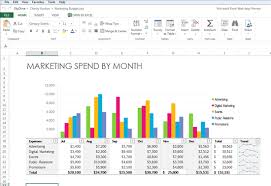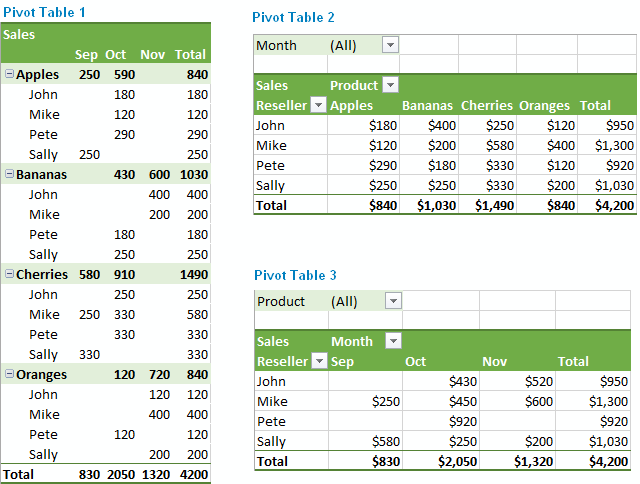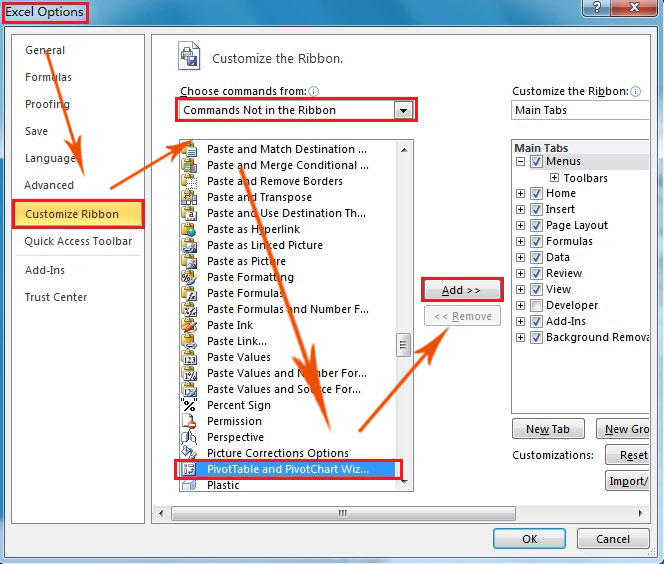

Please download these before you start the course. This section includes the exercise files for Pivots Tables.

(2:46)Working with a Pivot TableHow to manipulate. (2:17)Creating a Pivot TableHow to create a simple Pivot Table. If you need to work with databases or tables in Excel and report on that data, chances are that Pivot Tables will provide the fastest way to report and build charts on that data. Organizing your DataHow to best organize data to use as a source for a Pivot Table. Click on the Location line in the dialog box and click on a cell in.

Leave the preselected cells and, in the dialog, choose the Existing Worksheet for the location of your Pivot Table. This course covers the use of Pivot Tables and Pivot Charts, one of the most powerful data analysis tools available in Excel. In Excel, with your data open, highlight your desired cells and click on the Insert tab to access the Pivot Table button to open the dialog box. Pivot Tables provide a powerful interactive way to query the data and summarise the results quickly and easily. Anyone using Excel unfamiliar with Pivot Tables who is working with lists of data, perhaps filtering or sorting that data.So far, the pivot table has been created based on the selection, and data has been grouped by half an hour as above screenshot shown. Go ahead to add the Amount column as values. Then a pivot table is created with a Half an hour column added as rows. This course is vital to gaining the most from this powerful feature of Excel. (3) Specify the location you will place the new pivot table. You’ll learn in detail how Pivot Tables work and the structure that must be followed to create useful reports and charts. Excel Pivot tables provide a powerful way to summarise and report on vast amounts of Data.


 0 kommentar(er)
0 kommentar(er)
